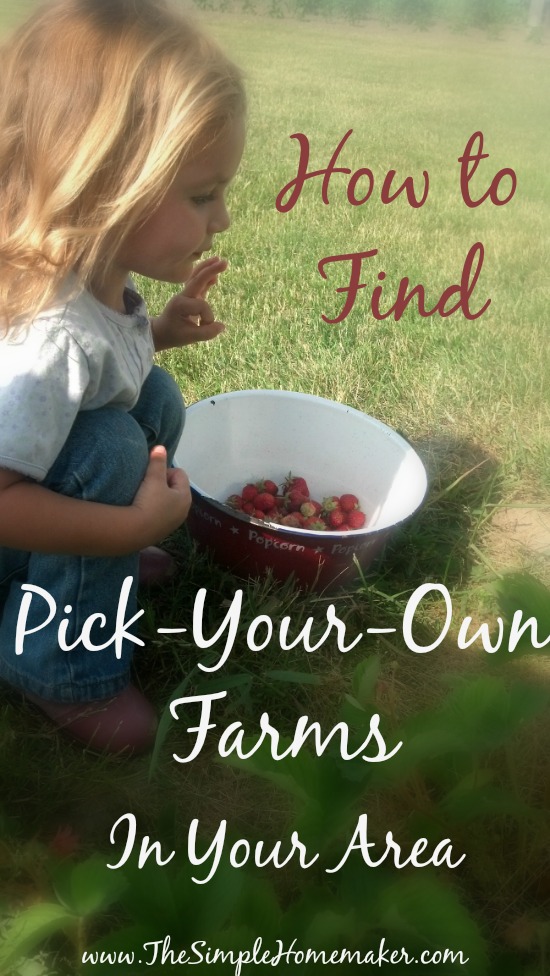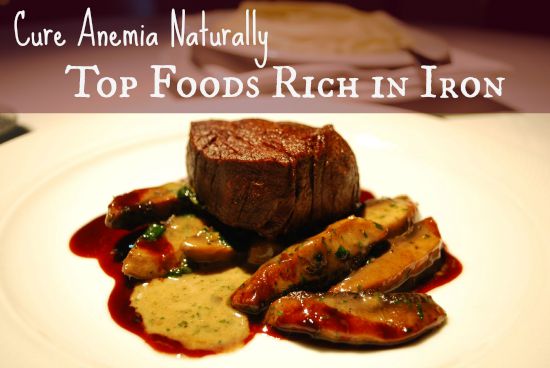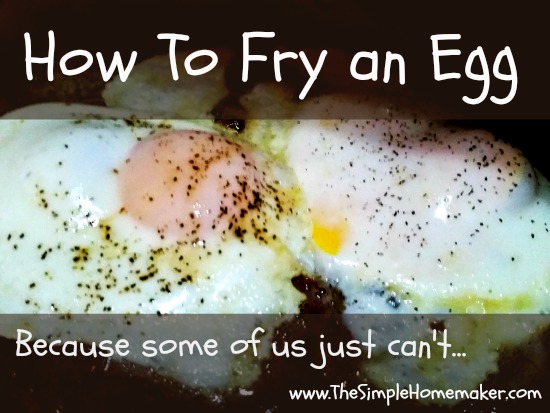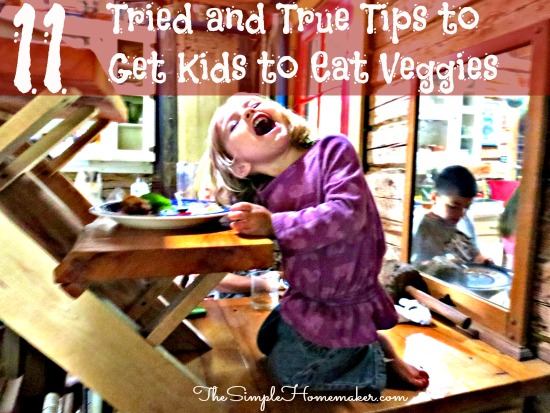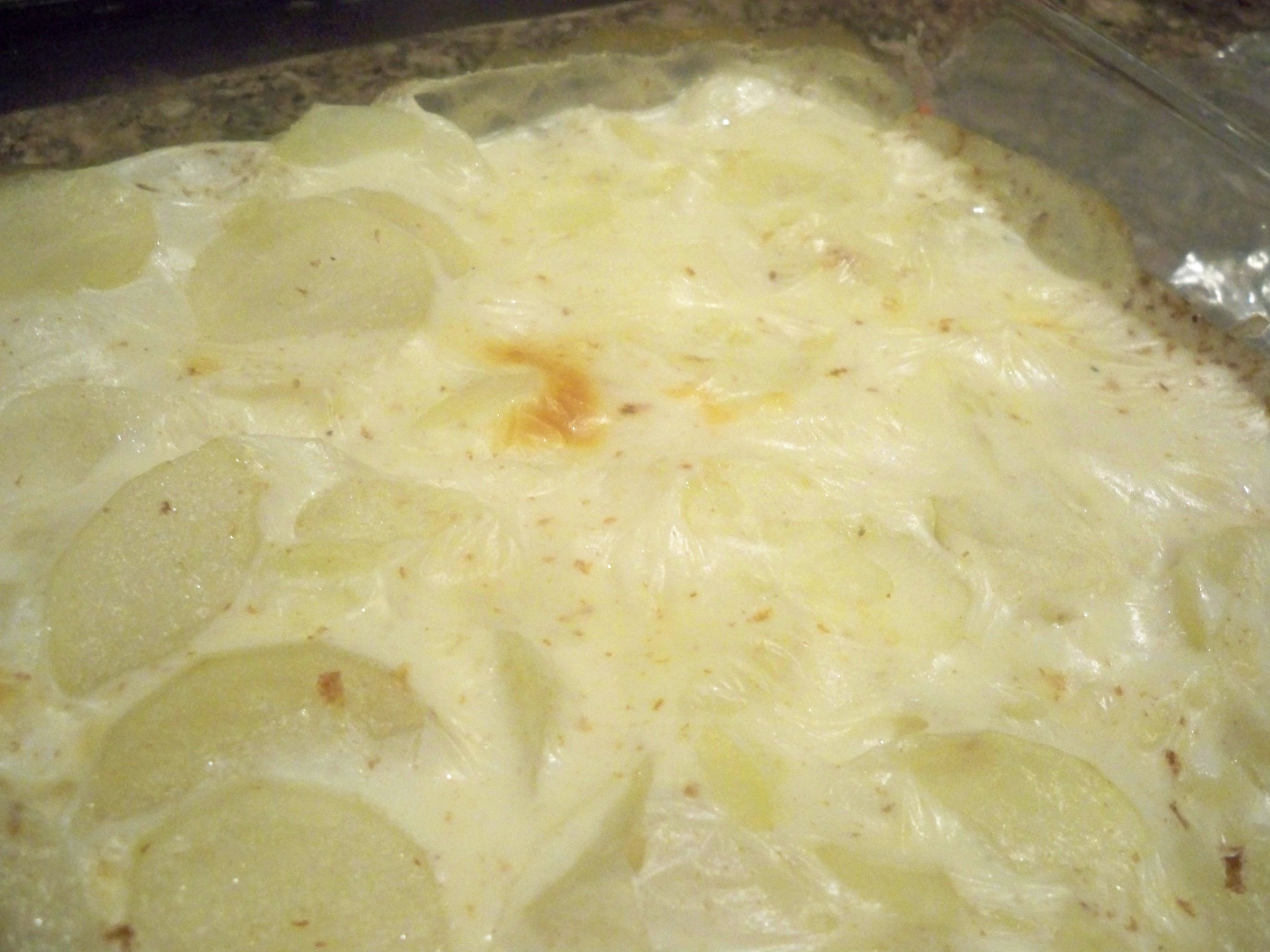Today we have a guest writer, cookbook author Sarah from Whole Intentions. Be on your best behavior please. 🙂
You all know my stance on the real food movement, but just because I refuse to scare the pants off of you with all the doom and gloom about food (I don’t want a bunch o’ readers in their skivvies) doesn’t mean I’m not generally careful about how I feed my family. On the flip side, just because I want effortless food perfection going into the bodies I love, doesn’t mean I get it. I also don’t get Alton Brown and Paula Deen fixing dinner in the travel trailer. It’s a life of compromise.
One area of family life that has seen some compromise is sweeteners. My main squeeze likes a bit o’ sweet, but sugar gives me…trouble. Our dads have diabetes, so sugar has the potential to give my kids quite a bit of trouble, too. Therefore we explored the world of stevia, a natural sweetener extracted from the stevia plant. (Yeah, I know cyanide is natural, too. Just for today, let’s not go there. We’ll scare away our guest.)
When Sarah and Paula wrote me about guest posting about natural sweeteners as part of their new e-cookbook launch and massive giveaway, my tummy growled. (Yeah, I think with my stomach.) Sugarless sweets made with a natural sweetener are right up my alley…as long as they don’t have that nasty aftertaste that the fake sweeteners have. Blech and gag. No thanks! Sarah touches on that in her tips below.
Speaking of tips, let’s get to it! Readers, meet Sarah from Whole Intentions. Sarah, my amazing readers. (Oo, oo, readers, check out tip number six. Sweet!)
Disclosure: All the links to the Whole Intentions site are my affiliate links.


Guest Post from Sarah of Whole Intentions
During September, I had the pleasure of creating 40 dessert recipes using purely stevia and xylitol as the sweeteners. My friend Paula, who blogs at Whole Intentions, and I got this whacky idea that we’d write a cookbook. We’ll both tell you that the Lord’s hand was over the entire process because we could never have imagined that at month’s end we’d have over 70 recipes to share!
Both Paula and I have suffered with candida. Our personal struggles combined with our love for baking lead us to write The Sweeter Side of Candida. In my introduction, I wrote that the process of writing these recipes was, “almost like medicine to my soul as I created them with the anticipation that they might help some of you continue in your journey to health.” But this cookbook is definitely not just for those who suffer from candida. It’s for anyone trying to avoid refined sugar, to lose weight, or to just be healthy!
Our month-long course of baking boot camp (or paradise, for me) taught us quite a few things about our dear friends stevia and xylitol. As people tested our recipes, they couldn’t believe there was no “sweetener” aftertaste that so often comes with using sugar alternatives. Paula and I both believe that using the following “tricks” create the beautiful marriage of flavors that will delight you.
 Stevia and Xylitol Baking Tips
Stevia and Xylitol Baking Tips
Here are our favorite MAKE-NOTE-OF-THESE tips:
1.) There are a LOT of brands of stevia, as we’re sure you’re well aware. Some brands are sweeter than others, some have an aftertaste, some are cheap, some are spendy, and then there’s all those off-shoot brands like Truvia (more on that here).
This makes it hard to follow any cookbook that uses stevia unless you’re all using the same brand. Even Paula and I don’t use the same brand! 🙂
Every time we mention stevia in our cookbook, we say to use it ‘to taste’. You’ll probably want to ring our necks for being so vague, but really, there’s no other way around it.
The best words of advice we can give is to start out sprinkling it. Taste test, and sprinkle a little more. Stevia is a LOT sweeter than sugar (like 200-300 times sweeter), so you definitely don’t want to use equal proportions, however there is such a thing as too much stevia which can make your baked goods have a bitter aftertaste. So be sure to play, taste – play, taste. . .
2.) Stevia and salt are best friends. Some things simply taste better when they’re together. So is true with stevia and salt. You’ll find that nearly every recipe in The Sweeter Side of Candida calls for ‘a pinch of celtic sea salt’ and ‘stevia to taste’.
Stevia and salt have made friendship bracelets, buried a time capsule, and promised to be best friends until the day they die. Do. Not. Separate. 😉

3. Sometimes xylitol needs to be powdered first. Xylitol doesn’t dissolve as easily as refined white sugar does, so in some recipes it’s best to grind it first in a coffee grinder or high-powered blender so it’s more like powdered sugar. In some of our recipes we measured already powdered xylitol, and in others we measure the granules and then powdered them.
4. Stevia and xylitol compliment each other. Like a good marriage we’ve found that when a recipe seems like something is missing, it comes together beautifully when both sweeteners are used. Some recipes can stand alone with just one or the other, but others needed them both for that finishing touch (cue violin music).
There’s no right or wrong way to use these two sweeteners, but we found that Paula likes to add stevia first and then top it off with xylitol whereas I like to start off with xylitol. Each method works well.
If you want to play around with your own recipes, here is a good Sugar Conversion Chart.
5. Use a bit more sweetener in recipes you’re baking or freezing. When you’re using stevia or xylitol in a recipe that you’ll be baking or freezing, get it to the point of perfection, and then add just a tad more. When it’s almost too sweet – it’s perfect. Baking and freezing seem to subdue the sweeteners.
6. Get a spoon, dip your finger, or swipe the beaters. You have our complete and total permission (like you need it!) to taste your batters, dough, and frostings to tweak the sweetness factor to your liking. Just be sure there’s enough to bake with. 😉 We both taste all of our batters (a lot!) to make sure that they’re just right, so don’t be shy, taste away!
The Sweeter Side of Candida


Need recipes that will help you stay healthy, lose weight, and fight candida? We can help! This cookbook is *not* only for those who suffer from candida. It’s for anyone who wants to lose weight and/or stay healthy too!
Thank you, ladies, for sharing with us today!
Do you use stevia or xylitol in your baking?




